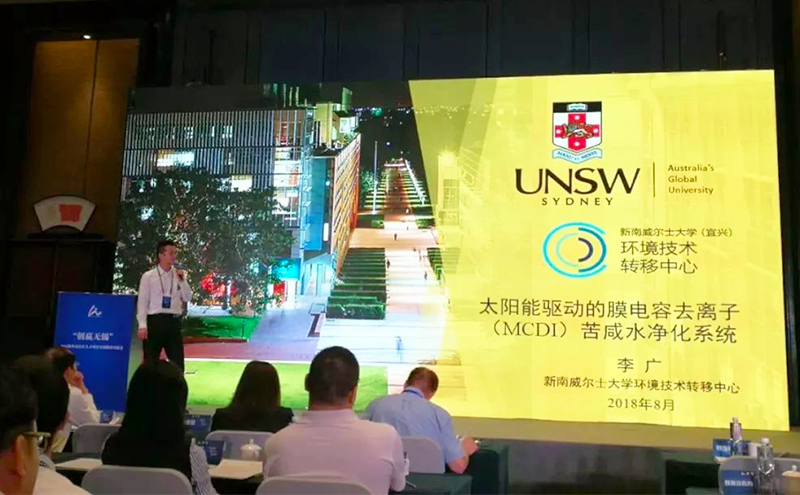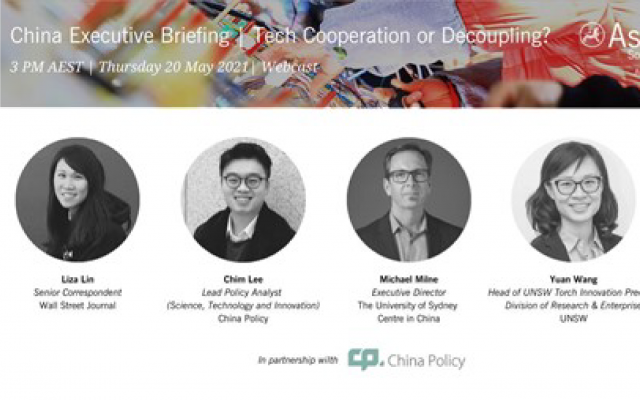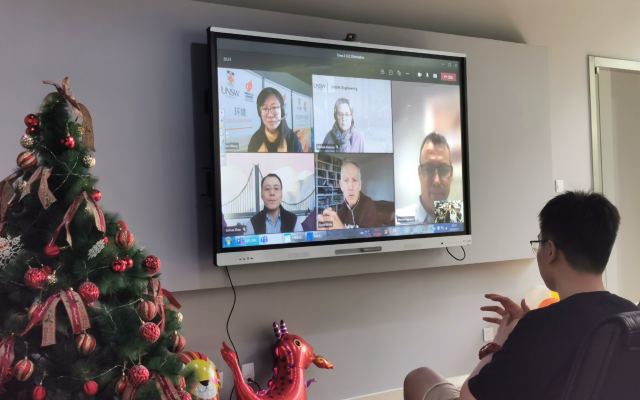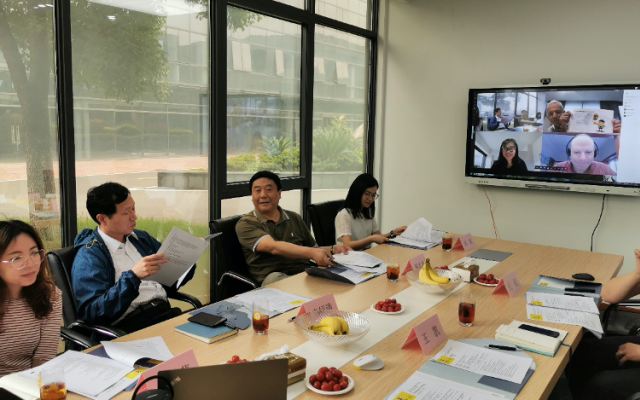UNSW CTET debuted MCDI in 2018 High-level Talents Exchange (Wuxi) of Innovation and Entrepreneurship

Mr. Guang Li, Business Development Manager of CTET is presenting mCDI technology in 2018 High-level Talents Exchange (Wuxi) of Innovation and Entrepreneurship

This August, Mr. Guang Li, Business Development Manager, participated in both the 2018 High-level Talents Exchange (Wuxi) of Innovation and Entrepreneurship and in the "Talents Lead High Quality Development" theme summit on behalf of the UNSW Centre for Transformational Environmental Technologies (CTET).
An important event of the summit – the "Innovation and Entrepreneurship Win in Wuxi" 2018 overseas high-level talent project Wuxi Roadshow Matchmaking Symposium kicked off on 14th August. At this event, more than 30 overseas high-level talents from 13 countries brought their projects and promoted them in front of the public. As the representative of the CTET in the roadshow, Mr. Guang gave a brief introduction of the "Photovoltaic (PV)-driven MCDI Brackish Water Desalination System" developed by Professor David Waite and Professor John Fletcher at UNSW Sydney.
"The PV Powered mCDI technology for brackish water desalination that I introduced today can help solve the water shortage issues in remote areas of northwest China. Due to its low energy consumption, we believe that it will have a very broad market. As an industry, education and research exchange platform for environment technologies, CTET hopes to help environmental protection enterprises with their technological upgrade and further contribute in solving environmental issues in China by introducing and promoting foreign advanced environmental protection technologies". He also pointed that unlike most technology transfer platforms, CTET is not just reselling established technology but is combining innovative technology with end users and, in so doing, integrating resources to jointly develop "first-hand" new technologies, so that scientific research achievements can be successfully commercialised. In the early stage, CTET will focus on transferring the environmental technologies from UNSW Sydney and in the future, will cooperate with more universities and research institutes to allow for more advanced technologies to be transferred to China via our platform.
The summit was hosted by the Wuxi Municipal Party Committee and Municipal Government and co-organised by the National Association of Thousand Talents Program. Its theme was set as "New Era, New Talent, New Chapter" and saw Chinese and foreign professors, experts from "The Thousand Talents Plan", well-known Chinese and overseas colleges and universities, investment and financial institutions, human resource institutions, professional associations and executives from top 500 world leading companies and representatives of key influential entrepreneurs in Wuxi gather together to discuss issues related to the commercialisation of innovative environmental technologies. During the meeting, the signing ceremony of CTET and the ES&TP was also held.
By participating in this talent exchange, we have successfully introduced the concept and vision of CTET to a large number of young talents of innovation and entrepreneurship as well as to technology investment platforms. It is expected that this exposure will be beneficial to CTET’s future development.
Introduction of the technology
Membrane Capacitance Deionization (mCDI) is a novel electrochemical desalination and purification technology. In mCDI, charged ions in aqueous phase (i.e., cations such as Na+ and anions such as Cl-) are removed from brackish water upon applying an electrical voltage difference between two electrodes, where ions are immobilised via the formation of electrical double layers. Meanwhile, most of the energy consumed in the desalination process can be subsequently recovered from the electric double layer capacitance, thereby greatly improving energy efficiency. In comparison with some existing desalination technologies, including thermal distillation, reverse osmosis and electrodialysis, the advantage of mCDI in energy cost is very significant. It consumes only 0.4 kWh per ton of brackish water treated. With PV installed, the whole system can be operated automatically and remotely in places such as the northwest of China and outback Australia where solar energy is abundant but power supply and fresh water are limited. As such, it is expected that their will be significant demand for this PV-driven mCDI purification system. In addition, the technology can also be applied in the fields of industrial wastewater reuse and small household water purification. After the roadshow matchmaking exchange, Mr. Guang accepted an interview with the local media to explain the project progress, industry mission and future vision of CTET.








